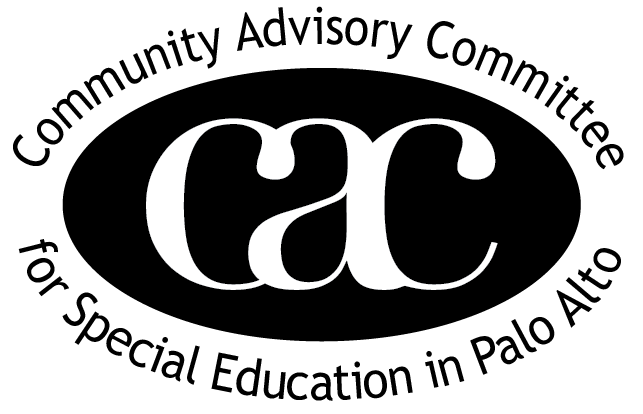Menu
U.S. Department of Education, Office of Special Education Programs’ IDEA website
A “one-stop shop” for resources related to IDEA and its implementing regulations. It is a “living” website and will change and grow as resources and information become available. When fully implemented, the site will provide searchable versions of IDEA and the regulations, access to cross-referenced content from other laws (e.g., the No Child Left Behind Act (NCLB), the Family Education Rights and Privacy Act (FERPA), etc.), video clips on selected topics, topic briefs on selected regulations, links to OSEP’s Technical Assistance and Dissemination (TA&D) Network and a Q&A Corner where you can submit questions, and a variety of other information sources. As items are completed and added to this site, we invite you to grow and learn with us as we implement these regulations.
They also have a database where you can search Due Process decisions
Page with resources related to the IDEA 2004
U.S. Department of Education, Office for Civil Rights
Parent and Educator Resource Guide to Section 504 in Public Elementary and Secondary Schools (December 2016). This resource guide is also available on the Office for Civil Rights’ website at http://www2.ed.gov/about/offices/list/ocr/index.html. Any updates to this resource guide will be available at this website.
Restraint and seclusion
- The Dear Colleague Letter and question and answer documents will help update educators, parents, students, and other stakeholders to better understand the rights of students with disabilities in public charter schools under Section 504 and IDEA. (Dec. 28, 2016)
- U.S. Department of Education, Restraint and Seclusion: Resource Document, Washington, D.C., 2012.
Disability Rights California
Disability Rights California provides materials in alternative formats and provides disability related reasonable accommodations when requested.
Your Special Rights
Video-based resource for parents about special education rights developed by Special Education Attorney Jennifer Laviano and Special Education Advocate Julie Swanson.
Guidance on Required Content of Forms under part B of the IDEA
Model forms for procedural safeguards, explaining some of the parents rights.
California Educational Code
California Legislative Information on the Educational Code.
Cadre
The Center for Appropriate Dispute Resolution in Special Education (CADRE) works to increase the nation’s capacity to effectively resolve special education disputes, reducing the use of expensive adversarial processes.
Wrightslaw
Information about special education law and advocacy.
Selpa Administrators of California Legislative Day 2015
Meeting of all Selpa’s on Legislation and their plans for years to come.
One System Reforming Education to Serve All Students
A report on Education by the in 2013 formed task force. In 2013, a team of educational leaders proposed to a group of private foundations the formation of a task force to study why students with disabilities were realizing poor school and postsecondary outcomes, identify the barriers to better performance, and make recommendations for how to change the state’s system of schooling so it would better serve all students. One underlying belief the founding members of this group shared was that all students would be better served through a system that was unified in effort and coherent in vision. This Task Force held six hearings around the state, heard from more than 200 witnesses, spent dozens of hours deliberating, received more than 500 communications, and met six additional times as a full group to formulate this report.
EdSource works to engage Californians on key education challenges with the goal of enhancing learning success. It does so by providing timely, useful and accurate information to key education stakeholders and the larger public; advancing awareness of major education initiatives being implemented in California and nationally; and highlighting effective models and strategies intended to improve student outcomes, as well as identifying areas that are in need of repair or reform.
A comprehensive guide to your rights and responsibilities under the Individuals with Disabilities Education Act (IDEA 2004) by National Center of Learning Disabilities.
This is a blog by Jim Gerl, who is a consultant for a state and local education agencies and he also speaks on special ed law topics. The blog is about a fresh look at special education law-mostly in understandable English.
(We include relevant resources but don’t endorse any particular organization or program. To add a resource, let us know.)
